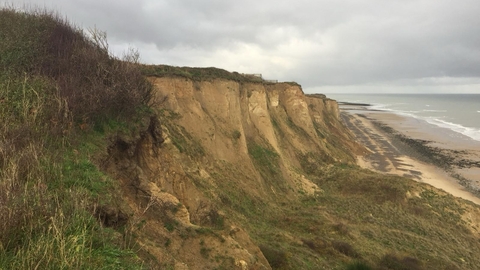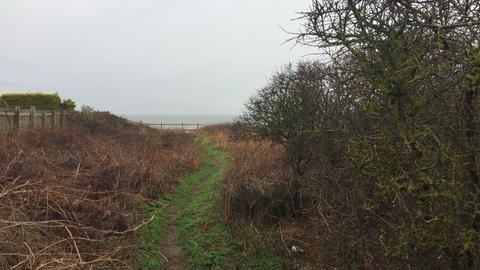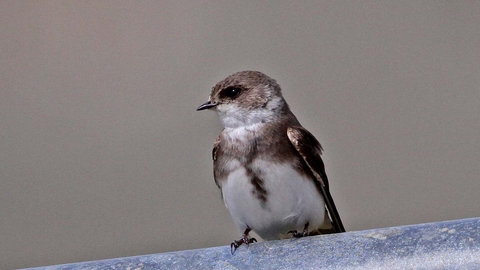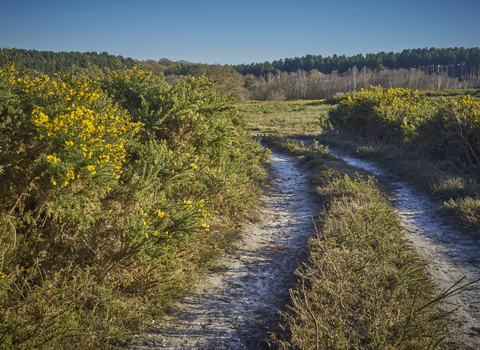
Kay Cliffs (credit: George Baldock)

Kay Cliffs (credit: George Baldock)
Scrub at Kay Cliffs (credit: George Baldock)

©Margaret Holland
Kay Cliffs Nature Reserve
Perched on the clifftop at East Runton, this small oasis of blackthorn scrub provides a haven for birds – and a great view for humans – throughout the year. Donated in memory of Peter Crichton Kay.
Location
Know before you go
Dogs
When to visit
Opening times
Dawn till dusk, every day, all year roundBest time to visit
The best time to visit is in winter, sea watching with a telescope can bring views of great and Arctic skuas, gannets, kittiwakes, fulmars, and auks.About the reserve
Up on the cliffs overlooking East Runton beach, this small piece of ‘rough’ ground provides shelter and a welcome resting place for tired birds during autumn migration.
Kay Cliffs is a great vantage point for visitors to watch passing sea birds in winter and take in the sweeping sea views all year round.
Donated in memory of Peter Crichton Kay in 2016.
Species
Habitat
Contact us

Seasonal highlights
Winter
Birds: sea watching with a telescope can bring views of great and Arctic skuas, gannets, kittiwakes, fulmars, and auks.

